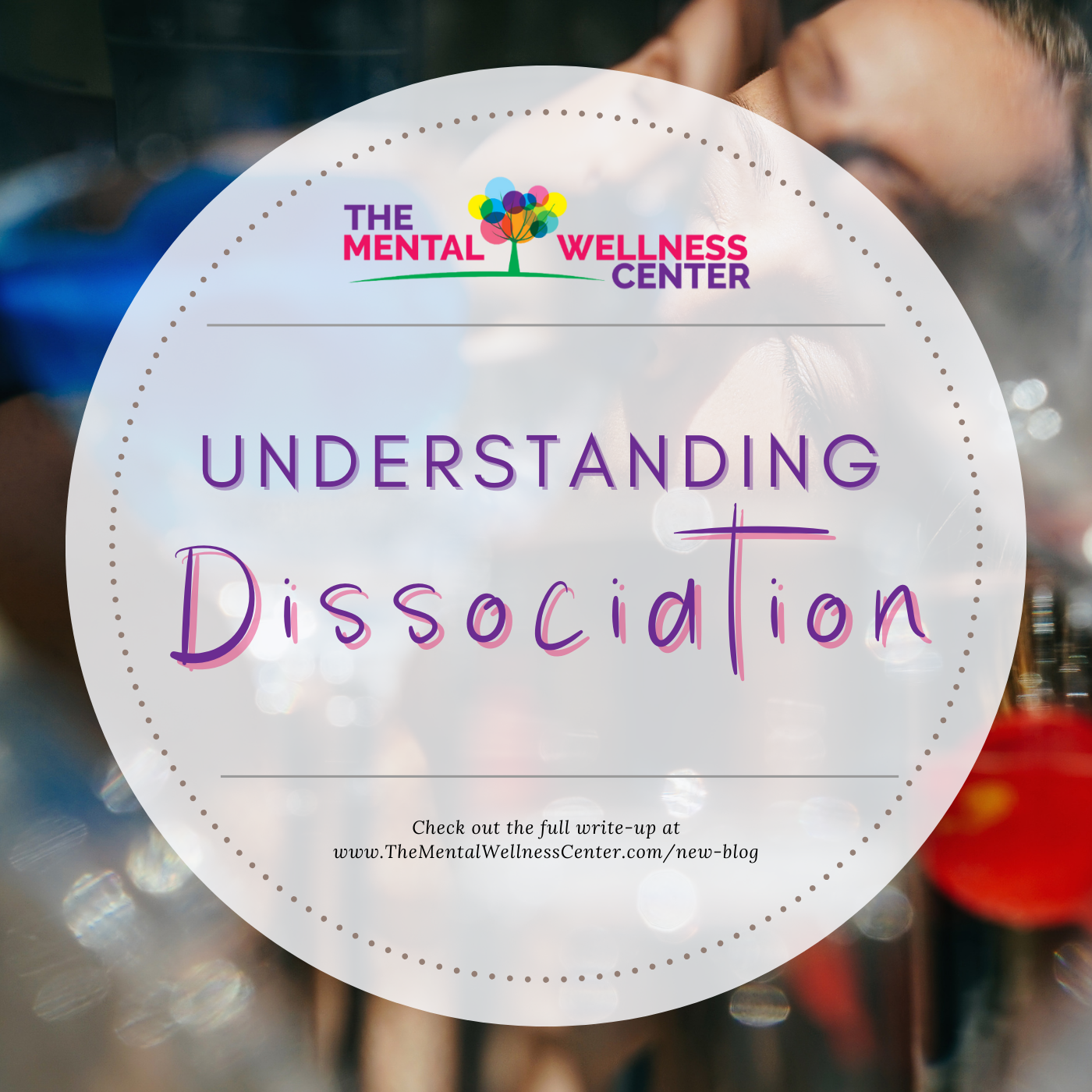Understanding Dissociation
With the increase in social media usage, more and more people are utilizing social media and more and more people are talking about concepts surrounding dissociation. As someone who works really well with clients who have higher levels of dissociation, I wanted to take this opportunity to provide some education, assistance, and coping tools for those people who are experiencing dissociation.
In its most basic sense, the word dissociation means to sever/divide from the current moment when it becomes unpleasant or overwhelming. Dissociation can also refer to severed or separated aspects of ourselves. Everyone dissociates, it’s how our brains are wired. For many people, this shows up as spacing out while driving (specifically a routine that we generally drive regularly). Daydreaming can also be described as a form of dissociation.
Recognizing the Signs of Dissociation
There are more severe forms of dissociation which include depersonalization and derealization. When someone is experiencing depersonalization, they experience a feeling of being detached from themselves, their thoughts, or their body. It’s almost as if they are observing themselves from a distance. Often when a person is experiencing depersonalization, they may feel like they are watching themselves in a movie, or that they are robotic.
Derealization is when a person feels detached from their surroundings as if the world around them is unreal. When a person is experiencing derealization people and objects may seem lifeless or fogy, and they may feel like they are looking through a clouded window. While this type of dissociation is similar to depersonalization, a person can experience both depersonalization and derealization.
A Common Human Experience
I want to be cautious not to pathologize dissociation because again normal and neurotypical people experience dissociation regularly. Dissociation is natural and normal for every human being. How it manifests can be different. I also won’t be going into too much depth and detail about how manifestation shows up for people. There are other types of dissociation in addition to depersonalization and derealisation. There is also identity alteration, identity confusion, and amnesia.
Identity alteration is when there is a shift in a person’s role or identity that changes a personal behavior in ways that others would notice. Whereas when a person is struggling with identity confusion they likely feel uncertain about who they are. People may feel as if there is a struggle within to define themselves. Lastly, with amnesia, people can’t remember incidents or experiences that happened at a particular time, or when they can’t remember personal information.
Factors Influencing Dissociation
In life, some certain situations and experiences increase the likelihood and severity of the possibility of experiencing dissociation. Dissociation often serves as a coping mechanism in response to stress, trauma, or overwhelming emotions. The triggers for dissociation can be varied and complex. Experiencing things such as trauma and adverse experiences, chronic stress and anxiety, neurobiological factors (such as ADHD, Autism, etc) substance abuse and certain other medical conditions can increase the potential for dissociation.
We just reviewed some versions of dissociation that are at the absolute opposite end of the spectrum from neurotypical daydreaming. It’s important to recognize that a person can easily experience mild forms of dissociation and not need any therapeutic intervention. However the farther up the continuum we climb, the more likely it is that we are going to need some type of intervention. Please be mindful that as a person’s stress levels increase their tendency to dissociate also increases.
Managing Severe Dissociation
Mild forms of dissociation are a normal part of how our brains don’t get over-taxed. However, those levels of dissociation that are more severe or persistent, can benefit from various coping strategies and professional help. My recommendations for easing higher levels of safety include:
Grounding Techniques
Meditation Practices
Establishing an Internal Sense of Safety
Carbonated Beverages
Sour Candy
A Safe and Present Play List of Music
EMDR Therapy
EMDR Intensives
If you are struggling with a higher level of dissociation and it’s interfering with your daily life functioning, consider checking out an EMDR Intensive.

